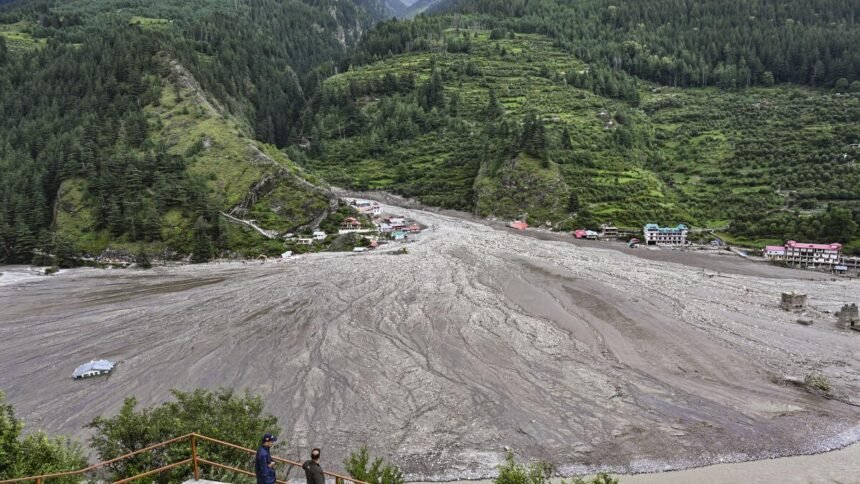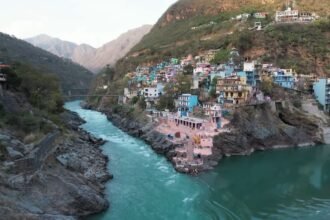Opinion: The Unpayable Debt of “Growth”
The slow, gut-wrenching sinking of Joshimath is a terrifying metaphor for the state of India’s environmental policy a foundation crumbling under the weight of its own ambitions. For years, we have been served a narrative of “development” that involves blasting through mountains for wider roads, damming rivers for power, and erecting concrete jungles in pristine valleys. What we are witnessing now, not just in Uttarakhand but across the nation, is nature calling in a debt we cannot afford to pay.
The crisis is starkly visible. In Uttarakhand, a state tragically dubbed the “disaster capital,” the link between human activity and catastrophe is undeniable. Geologists had warned for decades that towns like Joshimath were built on fragile, ancient landslide material. Yet, these warnings were systematically ignored in favor of projects like the Tapovan Vishnugad hydropower plant and the extensive excavation for the Helang-Marwari bypass, part of the larger Char Dham project. This isn’t a natural disaster; it is a man-made one, born from a lethal combination of greed, negligence, and a profound disrespect for geological realities.
This dangerous blueprint of development is not confined to the Himalayas. Look at the Aravallis, one of the world’s oldest mountain ranges, which acts as a crucial green lung for the National Capital Region. In recent years, the Supreme Court has had to repeatedly intervene, ordering the demolition of thousands of illegal farmhouses and structures in Faridabad and Gurugram. This encroachment, driven by the real estate mafia, has not only destroyed forest cover but has also critically damaged the region’s water table.
Travel south to the Western Ghats, a UNESCO World Heritage site and a global biodiversity hotspot. Here, the story is tragically the same. Illegal quarrying carves out the heart of mountains, while forests are cleared for plantations and sprawling tourist resorts, often blocking vital elephant corridors and leading to increased human-wildlife conflict. The devastating landslides in Kerala’s Wayanad and other regions are a direct consequence of this relentless assault on the hills’ natural topography and drainage systems.
At the heart of this crisis lies the systemic failure of our regulatory framework, specifically the Environmental Impact Assessment (EIA) process. It has been diluted over the years, reduced to a mere formality to be rubber-stamped. Reports are often incomplete, public consultations are sidelined, and the cumulative impact of multiple projects in a single, fragile area is rarely considered. The resignation of senior environmentalist Ravi Chopra from the chairmanship of the High-Powered Committee for the Char Dham project, citing the government’s disregard for ecological concerns, was a damning indictment of a system that is broken by design.
The consequences are measured in human lives and shattered livelihoods. They are seen in the faces of displaced families, in the billions required for rescue and rehabilitation, and in the irreversible loss of unique flora and fauna. By ignoring nature’s limits, we are not just risking environmental damage; we are creating a future of perpetual crisis.
The time for cosmetic changes is over. India stands at a critical juncture. We need an immediate and radical shift in our development paradigm. Expert recommendations are clear: implement a model of sustainable, climate-resilient infrastructure. Strictly define and respect the “carrying capacity” of every ecosystem, particularly in tourist-heavy hill stations. Overhaul the EIA process to make it transparent, scientific, and legally binding. Empower local communities, who are the traditional custodians of these lands, giving them a decisive voice in developmental planning.
The choice is simple but stark: continue down this path of destructive, short-sighted “development” and wait for the next Joshimath, or fundamentally change course to build a future where progress does not come at the cost of our planet and our people.















